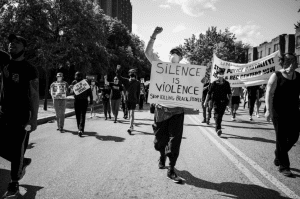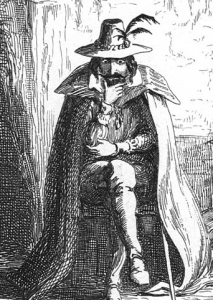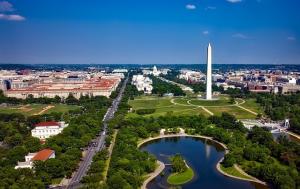For the previous post, “CST 101: A Crash Course in Leftism,” go here.
Wait, “versus” the left? We talk about “the liberal left” all the time, liberals are the left. Aren’t they?

Once again, I’m so glad you asked. Using the words liberal and left as synonyms is a pretty much exclusively American invention, and, in this particular case, not a very useful one. Time for another quick-and-dirty history lesson.
Remember our discussion last time of the left and the right from the seating plan in the Estates General? Well, there was a central bloc of seats, too, which tended to be taken by people whose politics were, you guessed it, in the middle: less traditional than the right, but less revolutionary than the left. (Hell, this might be where we get “horseshoe theory” from.) These people, and their equivalents in other countries, tended to espouse the philosophy that we call classical liberalism, deriving from sources like John Locke, Jean-Jacques Rousseau, Alexis de Tocqueville, Adam Smith, and Jeremy Bentham.
Classical liberalism is difficult to sum up concisely (though Olly Thorn of Philosophy Tube has a great series of four ten-minute videos titled “What Was Liberalism?”). The gist of it is something like: the state is a social contract formed by the general consent of the people (as opposed to a divine institution like a church, a naturally occurring society like the family, etc.), and it exists to protect individual liberties—especially economic liberties—and protect the community from threats like invasion. This is pretty well summed up in the Declaration of Independence.

The difference between liberalism and most versions of leftism is that liberals tend to define the state in primarily negative terms: its job is to prevent evils rather than secure goods. This is a pretty natural tack to take, if the thing that’s most important to you is that the government should be limited in its powers.
But a lot of leftists, while highly suspicious of the state and many other forms of power, [1] still have serious criticisms of liberalism, both in theory and in practice. Now, there is something of a gradient between liberalism and the left, and I’ll talk about the details later, but most left-wing criticisms of classical liberal ideology fall into two categories. First, that societies have positive as well as negative moral obligations—that we must actively take care of people who need it, not just passively not harm them (remember that the primary accent lies on equal human dignity for most leftists). And second, that liberalism in fact tends to allow powerful people, and particularly people whose power comes from or consists in money, a lot of leeway to hurt and oppress others. [2]
But where did this American habit of conflating liberalism and the left come from, then, if they’re so different? I am (say it with me) so glad you asked …
CST 103: The Oppression Olympics
CST 104: More Like Catholic Socialist Teaching!
[1] Not all leftists are, obviously; Stalin, for example, was a fan of state power. However, socialist or communist collectivism, though famous examples of left-wing philosophies, are far from the only ones. Almost all forms of anarchist thought are leftist, and many forms of pacifism are as well.
[2] Some leftists would actually argue that classical liberalism was designed specifically to enable oppression: specifically, oppression of the poor by the rich and the building of European empires that oppressed other peoples through colonialism, slavery, and genocide. I’m not saying it’s quite that simple myself, but it is a historical fact many of the founders of classical liberalism—notably Locke—did explicitly defend colonialism, imperialism, and the slave trade.












